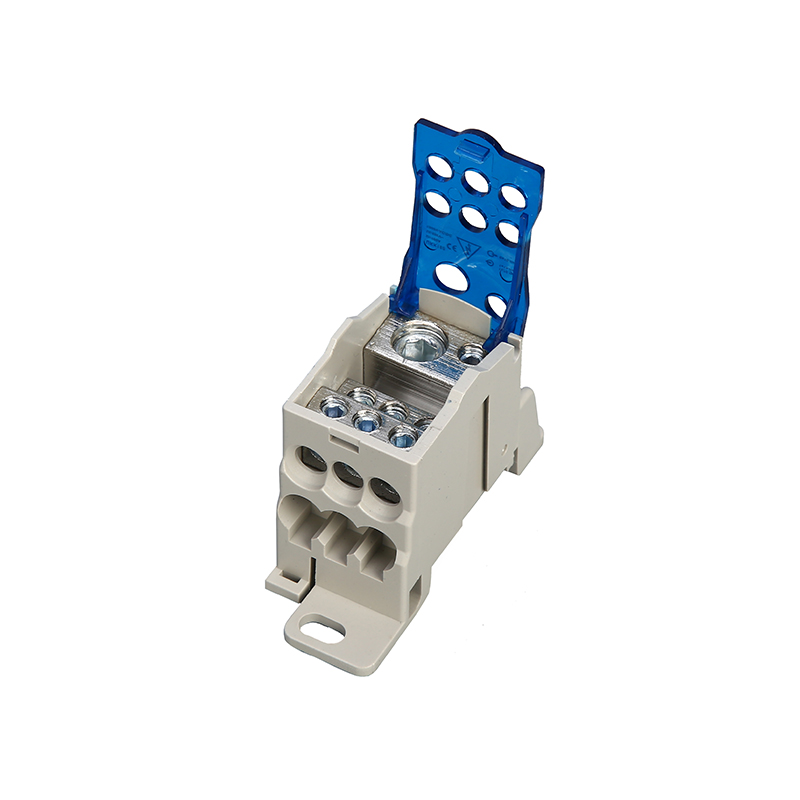Key features and functions of a terminal junction box
2024-04-10
A terminal junction box, often referred to simply as a junction box, is an enclosure used to house electrical connections, terminations, and splices. These boxes are crucial components in electrical wiring systems, providing a safe and organized environment for connecting electrical conductors while protecting them from environmental factors and preventing accidental contact.
Here are the key features and functions of a terminal junction box:
1. Enclosure: A junction box is typically constructed of metal or plastic and is designed to enclose and protect electrical connections. The enclosure provides physical protection against accidental contact, mechanical damage, moisture, dust, and other environmental hazards.
2. Termination Points: Inside the junction box, there are terminal points or terminals where electrical conductors (wires or cables) are connected together or terminated. These terminals can take various forms, such as screw terminals, push-in terminals, or spring-loaded terminals, depending on the specific design of the junction box.
3. Cable Entry Points: Junction boxes have openings or knockouts to allow electrical cables to enter the box. These cable entry points are equipped with cable glands, grommets, or other sealing devices to provide strain relief and maintain the ingress protection rating of the enclosure.
4. Splicing and Branching: Junction boxes are used to splice or branch electrical circuits, allowing multiple conductors to be connected together or split into separate circuits. This facilitates the distribution of power to various devices or loads within a building or electrical system.
5. Grounding: Junction boxes typically include provisions for grounding conductors to ensure electrical safety and compliance with building codes and standards. Grounding terminals or grounding screws are provided to connect grounding conductors to the metal enclosure of the junction box.
6. Cover: The junction box is equipped with a removable cover or lid that allows access to the interior for installation, maintenance, or troubleshooting purposes. The cover is secured in place with screws or latches to prevent unauthorized access and ensure the integrity of the electrical connections.
7. Size and Capacity: Junction boxes come in various sizes and configurations to accommodate different numbers and sizes of conductors, as well as the specific requirements of the application. Larger junction boxes may have multiple compartments or sections to organize and separate wiring.
8. Certifications and Compliance: It's essential to ensure that junction boxes meet relevant safety and performance standards, such as UL (Underwriters Laboratories), CSA (Canadian Standards Association), or NEMA (National Electrical Manufacturers Association) ratings, depending on the intended use and location.
Terminal junction boxes play a critical role in electrical installations, providing a central point for making electrical connections, organizing wiring, and ensuring the safety and reliability of the electrical system. They are commonly used in residential, commercial, industrial, and outdoor applications to house electrical connections in a secure and code-compliant manner.



